Find Help
More Items From Ergsy search
-
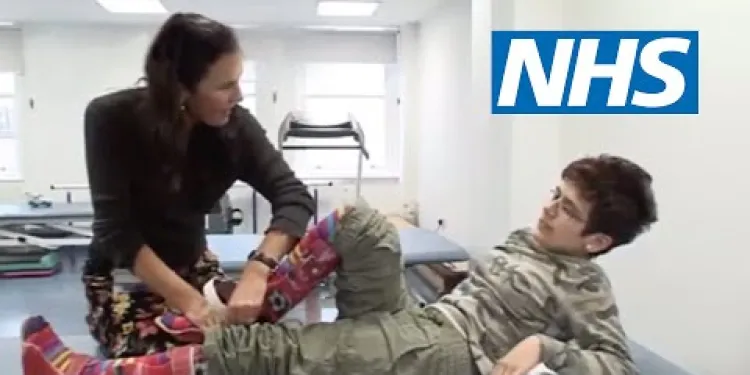
Cerebral palsy | NHS
Relevance: 100%
-
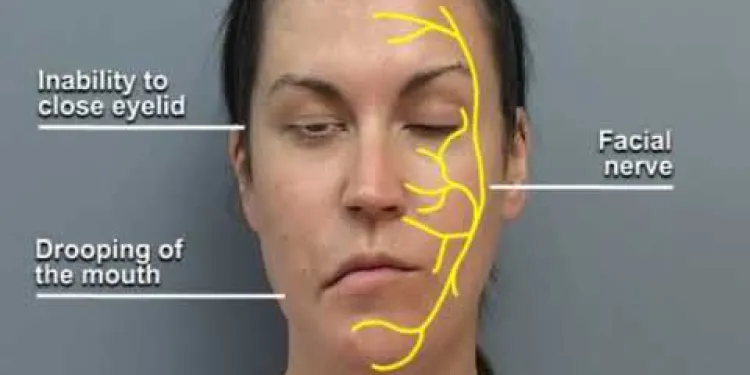
Understanding Facial Palsy
Relevance: 49%
-

Can Botox be used for treating conditions other than wrinkles?
Relevance: 27%
-

Who can benefit from mobility equipment?
Relevance: 16%
-

Are there specific mobility equipment for children?
Relevance: 13%
-
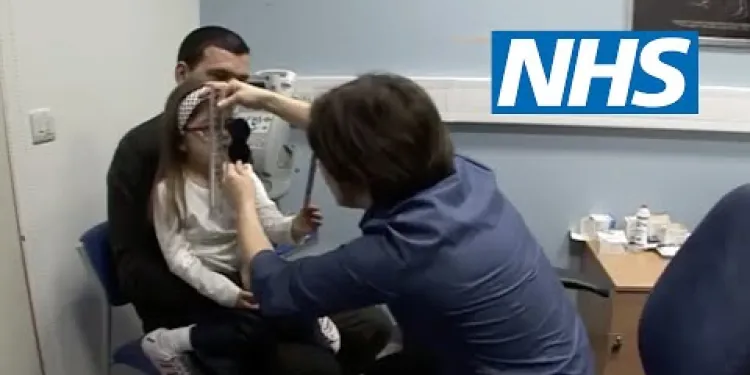
Childhood squint | NHS
Relevance: 12%
-

How long has Botox been used in medicine?
Relevance: 12%
-
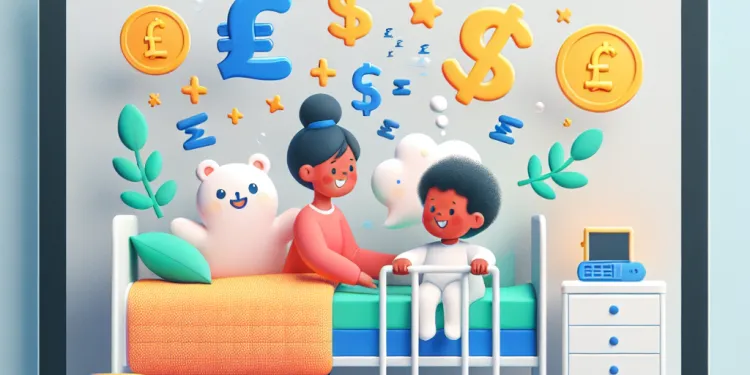
Can children have sleep apnea?
Relevance: 12%
-

What are the common uses of Botox?
Relevance: 11%
-
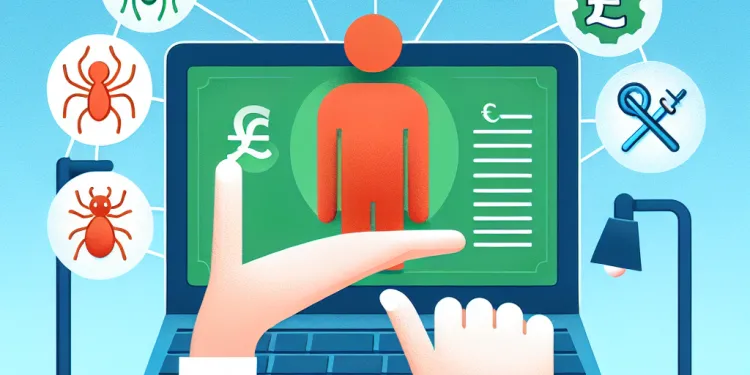
What are common symptoms of Lyme disease?
Relevance: 10%
-

What are the types of thrombosis?
Relevance: 10%
-
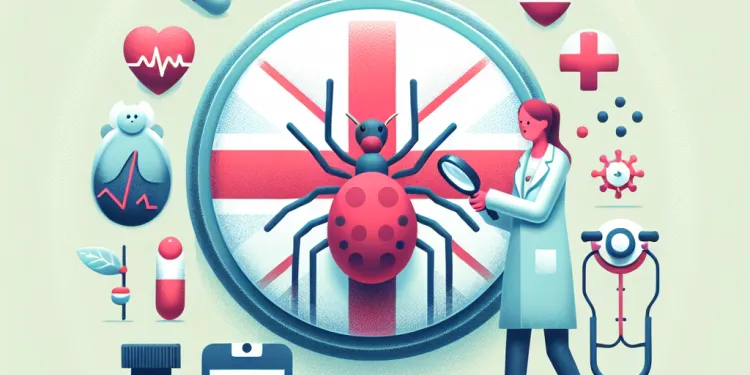
What happens if Lyme disease is left untreated?
Relevance: 9%
-

Are there different types of motor neurone disease?
Relevance: 9%
-

What is motor neurone disease?
Relevance: 8%
-
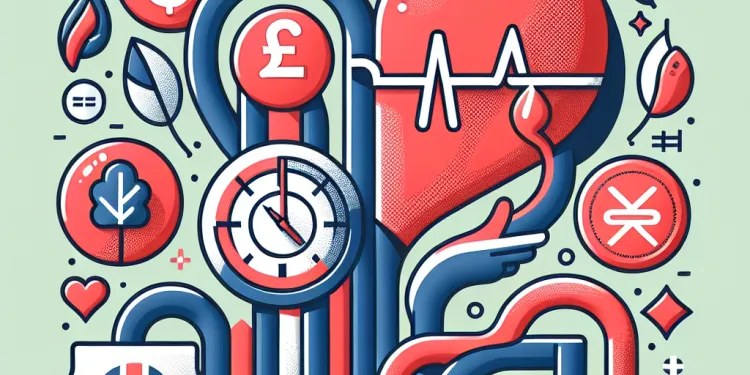
What are the symptoms of arterial thrombosis?
Relevance: 8%
-

What role does the HTT gene play in Huntington's disease?
Relevance: 6%
-

Can Nipah Virus cause neurological complications?
Relevance: 6%
-
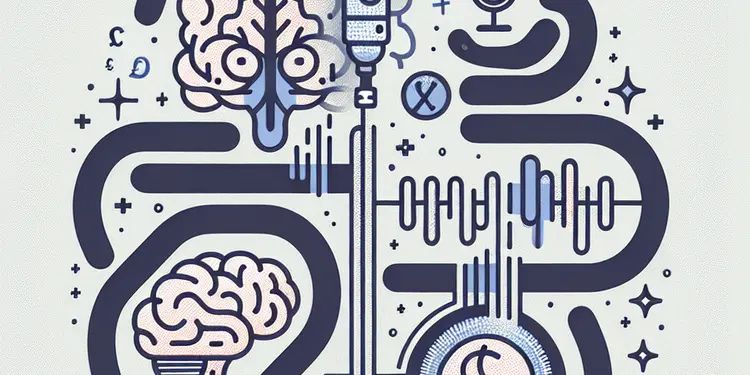
How does motor neurone disease affect speech?
Relevance: 6%
-

What is Lyme Disease?
Relevance: 6%
-

Are there any complications associated with shingles?
Relevance: 6%
-
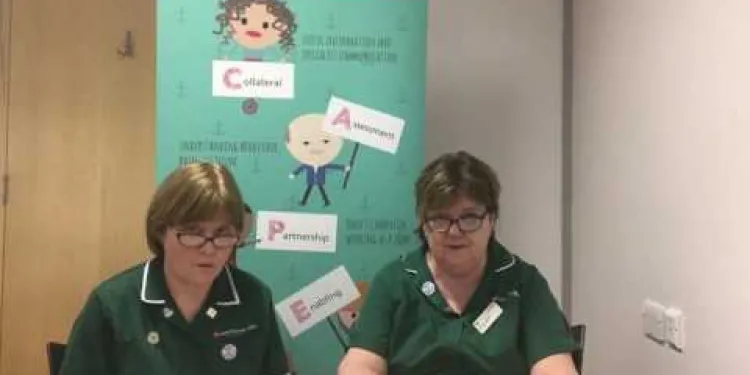
How do you spot delirium
Relevance: 3%
-

What role do genetics play in motor neurone disease?
Relevance: 3%
-

An introduction to frontotemporal dementia (FTD) (part 1/3)
Relevance: 3%
-

What is West Nile Virus?
Relevance: 3%
-
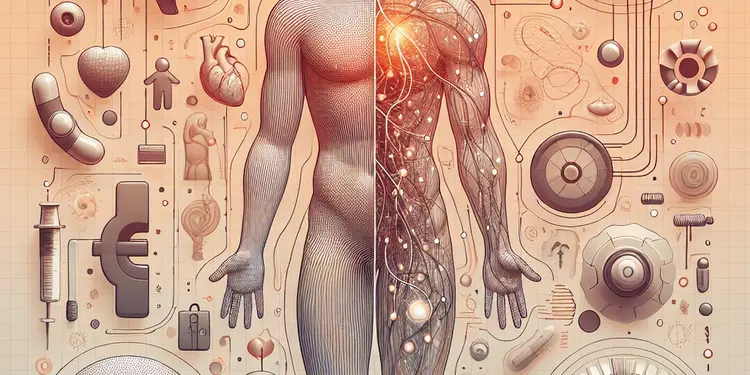
How does motor neurone disease affect the body?
Relevance: 3%
Cerebral Palsy
Overview
Cerebral palsy (CP) is a group of lifelong conditions that affect movement and coordination. It is caused by a problem with the brain that develops before, during, or shortly after birth. CP can affect people to vary degrees, from mild to severe, and impacts everyone differently. The condition is not progressive, meaning it does not get worse over time. However, the exact symptoms may change as a person grows and develops. Cerebral palsy is the most common motor disability in childhood, affecting around 1 in 400 babies in the UK.
Causes of Cerebral Palsy
Cerebral palsy is primarily caused by brain damage that occurs before, during, or shortly after birth. This damage can result from several factors including:
- Infections caught by the mother during pregnancy
- Bleeding in the baby's brain
- Temporary lack of oxygen to the baby's brain during a difficult birth
- Severe jaundice in the newborn period
- Genetic mutations
In many cases, the cause of cerebral palsy is not always clear.
Symptoms and Diagnosis
The symptoms of cerebral palsy can vary widely but may include problems with movement, coordination, muscle control, muscle tone, reflexes, posture, and balance. Some children may also have learning difficulties, visual or hearing impairments, and epilepsy. The severity of symptoms can differ from one person to another.
If there are concerns about a child's development, a GP or health visitor can conduct an initial assessment and refer the child to a specialist for further evaluation. A diagnosis typically involves physical examinations, brain scans such as MRIs, and additional tests to rule out other conditions.
Treatments and Support
While there is no cure for cerebral palsy, several treatments and supports are available to help manage the condition and improve quality of life. These may include:
- Physiotherapy to improve movement and strength
- Occupational therapy to assist with daily activities
- Speech and language therapy to help with communication
- Medications to manage muscle stiffness and spasms
- Surgery in some cases to correct physical abnormalities
Support for children and families may also involve educational support, emotional support, and social care.
Living with Cerebral Palsy
Living with cerebral palsy can be challenging, but with the right support, many people with the condition can lead fulfilling lives. The level of support required will vary depending on the severity of the condition. Organizations such as the NHS, Scope, and other disability support groups in the UK offer resources and assistance to help individuals and their families navigate the complexities of living with cerebral palsy.
For more information, visit the NHS website on cerebral palsy.
Cerebral Palsy
Overview
Cerebral palsy (CP) is a health condition that lasts a lifetime. It makes it hard to move and control your body. It happens because of a problem in the brain that starts before, during, or soon after birth. People with CP can be affected in different ways. Some people might have only a little trouble, while others may have more serious difficulties. CP does not get worse over time, but the way it shows up can change as someone grows. It is a common condition in children, affecting about 1 in every 400 babies in the UK.
Causes of Cerebral Palsy
Cerebral palsy happens because of damage to the brain before, during, or soon after birth. This can be caused by:
- Infections in the mom during pregnancy
- Bleeding in the baby's brain
- Lack of oxygen to the baby's brain during birth
- Severe yellowing of the baby's skin (jaundice) soon after birth
- Changes in the baby's genes
Sometimes, doctors are not sure what causes cerebral palsy.
Symptoms and Diagnosis
Cerebral palsy has different symptoms, including trouble with moving, balance, and muscle control. Some kids also have learning difficulties, trouble seeing or hearing, and epilepsy. How bad the symptoms are can be different for each person.
If parents or caregivers worry about a child's development, they can talk to a doctor or nurse. The child might be checked by a specialist. Tests can include physical exams, brain scans (like MRIs), and other tests to make sure it is CP.
Treatments and Support
There is no cure for cerebral palsy, but there are ways to help manage it and make life better. These include:
- Exercises (physiotherapy) to help with movement
- Activities (occupational therapy) to help with daily tasks
- Speech therapy to help with talking
- Medicines to help relax muscles
- Surgery to fix physical problems in some cases
Families can also get support with education, emotions, and social care.
Living with Cerebral Palsy
Living with cerebral palsy can be hard, but with the right help, many people have happy lives. The amount of help someone needs depends on their symptoms. Places like the NHS, Scope, and other groups in the UK offer help and resources for people and families with cerebral palsy.
For more information, visit the NHS website on cerebral palsy.
Frequently Asked Questions
What is cerebral palsy?
Cerebral palsy is a lifelong condition that affects movement and coordination, caused by a problem with the brain that occurs before, during or soon after birth.
What are the main types of cerebral palsy?
The main types of cerebral palsy are spastic cerebral palsy, dyskinetic cerebral palsy, ataxic cerebral palsy, and mixed cerebral palsy.
What are the signs and symptoms of cerebral palsy?
Common signs include delays in reaching developmental milestones, such as not sitting by 8 months or not walking by 18 months, stiff or floppy muscles, and uncontrolled movements.
How is cerebral palsy diagnosed?
Cerebral palsy is usually diagnosed based on a child's development and medical history, supported by a physical examination and additional tests like MRI or CT scans.
Can cerebral palsy be treated?
There is no cure for cerebral palsy, but treatments like physiotherapy, occupational therapy, speech therapy, medication, and sometimes surgery can help manage symptoms and improve quality of life.
What causes cerebral palsy?
Cerebral palsy is caused by damage to the brain before, during, or shortly after birth. This can result from a variety of factors, including infections during pregnancy, difficult births, or genetic mutations.
Is cerebral palsy a progressive condition?
No, cerebral palsy is non-progressive. This means the brain damage does not worsen over time, although the symptoms can change as the person gets older.
Can children with cerebral palsy attend regular schools?
Many children with cerebral palsy can attend regular schools with appropriate support, although some may benefit from special education settings.
Is cerebral palsy hereditary?
Cerebral palsy is typically not hereditary. It is usually caused by problems that affect the brain during early development.
What support is available for families affected by cerebral palsy in the UK?
Support is available from the NHS, local councils, and various charities. This support can include medical treatment, therapy, educational support, financial assistance, and community resources.
How common is cerebral palsy?
Cerebral palsy is the most common childhood physical disability, affecting about 1 in 400 births in the UK.
Can adults with cerebral palsy live independently?
Many adults with cerebral palsy live independently, often with some level of assistance or adaptations to help with daily tasks.
Does cerebral palsy affect intellectual abilities?
Cerebral palsy does not necessarily affect intellectual abilities. While some individuals may have learning difficulties, others may have normal or above-average intelligence.
Are there any preventive measures for cerebral palsy?
While not all cases of cerebral palsy can be prevented, measures such as good prenatal care, vaccination, and avoiding exposure to infections during pregnancy can reduce risks.
What role do physiotherapists play in managing cerebral palsy?
Physiotherapists help people with cerebral palsy improve their movement and physical abilities through exercises, stretches, and other techniques tailored to individual needs.
What is cerebral palsy?
Cerebral palsy is a health problem. It affects how someone's muscles work. It can make it hard to move or balance.
It's something a person is born with. It won't go away, but there are ways to help.
Support can come from doctors, therapists, and teachers. They can help you learn to move better.
Using special tools like walkers or wheelchairs can make moving around easier.
Remember, people with cerebral palsy can still do many things. They might just need some extra help.
Cerebral palsy is a condition you have for your whole life. It makes it hard to move and control your body. It happens because there is a problem in the brain. This problem can start before, during, or right after a baby is born.
If you find this explanation hard to read, you can use a tool that reads it out loud. You can also ask someone you trust to explain it to you.
What kinds of cerebral palsy are there?
There are different kinds of cerebral palsy. They are called spastic, dyskinetic, ataxic, and mixed cerebral palsy.
What are the signs of cerebral palsy?
Cerebral palsy is a brain disorder that affects movement. Here are some signs to look out for:
- Trouble walking or moving.
- Weak or shaky hands and feet.
- Trouble sitting up or using hands.
- Stiff or floppy muscles.
- Not talking or learning like other children.
If you see these signs, it's good to talk to a doctor. They can help.
To learn more, you can use videos and pictures. They can make it easier to understand.
Some common signs are:
- Your child does not sit up by 8 months old.
- Your child does not walk by 18 months old.
- Your child has very stiff or floppy muscles.
- Your child has movements they cannot control.
Try using pictures to help understand these signs. You can also use apps that read out text aloud.
How do doctors find out if someone has cerebral palsy?
Doctors check if someone has cerebral palsy by watching how they move and grow. They may use special tests or pictures, like X-rays or MRI scans, to see inside the body. It's important to see a doctor if you are worried.
Talking with someone you trust, using pictures, or writing things down can help make the visit easier. Remember, it's okay to ask for help if you need it!
Cerebral palsy is a condition that doctors find out about by looking at how a child grows and their past health. They also check the child’s body and might use special pictures of the brain, like MRI or CT scans.
Can cerebral palsy be treated?
Cerebral palsy is a condition that affects movement and balance. There is no cure, but there are ways to help.
Doctors, therapists, and teachers can all help children with cerebral palsy.
Some things that might help include:
- Physical therapy to help with movement and strength.
- Speech therapy to help with talking.
- Medicines to relax muscles.
Some people use special tools to help them move or talk.
Family and friends can support by understanding and helping with daily activities.
Cerebral palsy cannot be fixed. But doctors can help make it better. They use special exercises like physiotherapy, and occupational therapy to help you move and do daily tasks. Speech therapy can help with talking. Medicine and sometimes surgery can also help with symptoms. These treatments can make life better and easier.
Why do people get cerebral palsy?
Cerebral palsy happens when the brain gets hurt. This can happen before, during, or just after a baby is born. It can be caused by things like infections while the mom is pregnant, problems during birth, or changes in the genes.
Here are some ways to help understand better:
- Ask questions: If you don't understand something, it's okay to ask someone to explain it.
- Use pictures: Looking at pictures or drawings can help make things clearer.
- Break it down: Try to learn a little bit at a time, rather than everything all at once.
Does cerebral palsy get worse over time?
Cerebral palsy is a health problem that affects muscles and movement. It does not get worse over time. This means it is not progressive.
If you want extra help understanding this, you can:
- Ask someone to explain the information to you.
- Look for pictures or videos about cerebral palsy for better understanding.
- Use tools that read text aloud to you.
No, cerebral palsy does not get worse. This means the damage to the brain does not get more over time. But how it shows in the body can change when the person gets older.
Can kids with cerebral palsy go to regular schools?
Yes, kids with cerebral palsy can go to regular schools. Schools can give special help to make learning easier. Teachers and helpers can support kids. This can help them join in with everything.
If a child needs help, parents and teachers can talk about what is best. They might use tools like computers or have extra help from teachers. Everyone works together to help the child learn and play with friends.
Lots of kids with cerebral palsy can go to regular schools. They might need some extra help there. Some kids might do better in special schools.
Can cerebral palsy run in families?
Cerebral palsy is a condition that affects movement and posture. It usually happens because of a problem with the brain before or during birth.
Cerebral palsy is not usually passed down from parents to children. This means it doesn't usually "run in families" like some other conditions do.
If you want to learn more, it's good to talk to a doctor. They can give you helpful information.
Using pictures, videos, or talking with someone who knows about cerebral palsy can also help you understand better.
Cerebral palsy does not usually run in families. It happens because something affects the brain when a baby is very small.
What help can families with a child with cerebral palsy get in the UK?
You can get help from doctors, councils, and charities. This help can include seeing a doctor, talking to someone who listens, learning help, money help, and community activities.
How often do people have cerebral palsy?
Cerebral palsy is a condition that affects the way someone can move their body. It is not very common, but some people do have it.
If you want help to understand more about cerebral palsy, you can:
- Ask a family member or friend to read with you.
- Use pictures or videos to learn more.
- Look for simple books at the library about cerebral palsy.
Cerebral palsy is a condition that makes it hard for children to move. It is the most common physical disability in children. It affects about 1 in every 400 babies born in the UK.
Can grown-ups with cerebral palsy live on their own?
Yes, grown-ups with cerebral palsy can live by themselves. They might need special tools or help from others.
Here are some things that can help:
- Support workers: People who help with cooking, shopping, or cleaning.
- Special tools: Things like wheelchairs or shower chairs.
- Community programs: Places where people can meet and get help.
It is important for everyone to have the chance to live how they want.
A lot of grown-ups with cerebral palsy can live on their own. They might get some help or use special tools to do everyday things.
Does cerebral palsy change how someone thinks?
Cerebral palsy can make it harder for some people to think and learn. But not everyone with cerebral palsy has trouble with thinking. Some people think and learn in the same way as others.
If you or someone you know has cerebral palsy and finds learning hard, remember there are ways to help.
Here are some things that can help make learning easier:
- Special teachers or helpers at school.
- Using computers or tablets for learning.
- Having extra time to do tests or homework.
Everyone is different, and it's okay to learn in your own way!
Cerebral palsy does not always affect how a person thinks or learns. Some people might find learning harder, but others can think and learn just like everyone else or even better.
Can we stop cerebral palsy before it happens?
Cerebral palsy is a problem with the brain that makes it hard to move. We cannot always stop it, but we can try some things to help. Here are some tips:
- Take care during pregnancy: Eat healthy food, see the doctor regularly, and avoid smoking and alcohol.
- Stay safe: Always wear seatbelts in cars and helmets on bikes to protect the head.
- Vaccinations: Get all the important shots to protect from infections.
- Talk to your doctor: If you have concerns or questions, your doctor can help with information.
These steps might help lower the risk, but they cannot guarantee prevention. Always seek advice from health professionals.
We can't stop all cases of cerebral palsy, but we can try to lower the chances. Moms can see a doctor while pregnant, get their shots, and stay away from germs and sickness.
What do physiotherapists do to help people with cerebral palsy?
Physiotherapists are people who help with movement and exercise. They can help children and adults who have cerebral palsy.
Here is how they help:
- They teach special exercises to make muscles stronger.
- They show ways to make moving easier.
- They help with balance and walking.
- They give tips on how to do daily activities better.
If you need extra help, you can use pictures or videos to understand exercises. Also, ask if you can try things one step at a time.
Physiotherapists are people who help others move better. They help people with cerebral palsy by giving them exercises and stretches to do. They use special ways to help each person get stronger and move more easily.
Useful Links
- Ergsy carfully checks the information in the videos we provide here.
- Videos shown by Youtube after a video has completed, have NOT been reviewed by ERGSY.
- To view, click the arrow in centre of video.
- Most of the videos you find here will have subtitles and/or closed captions available.
- You may need to turn these on, and choose your preferred language.
- Go to the video you'd like to watch.
- If closed captions (CC) are available, settings will be visible on the bottom right of the video player.
- To turn on Captions, click settings .
- To turn off Captions, click settings again.
More Items From Ergsy search
-

Cerebral palsy | NHS
Relevance: 100%
-

Understanding Facial Palsy
Relevance: 49%
-

Can Botox be used for treating conditions other than wrinkles?
Relevance: 27%
-

Who can benefit from mobility equipment?
Relevance: 16%
-

Are there specific mobility equipment for children?
Relevance: 13%
-

Childhood squint | NHS
Relevance: 12%
-

How long has Botox been used in medicine?
Relevance: 12%
-

Can children have sleep apnea?
Relevance: 12%
-

What are the common uses of Botox?
Relevance: 11%
-

What are common symptoms of Lyme disease?
Relevance: 10%
-

What are the types of thrombosis?
Relevance: 10%
-

What happens if Lyme disease is left untreated?
Relevance: 9%
-

Are there different types of motor neurone disease?
Relevance: 9%
-

What is motor neurone disease?
Relevance: 8%
-

What are the symptoms of arterial thrombosis?
Relevance: 8%
-

What role does the HTT gene play in Huntington's disease?
Relevance: 6%
-

Can Nipah Virus cause neurological complications?
Relevance: 6%
-

How does motor neurone disease affect speech?
Relevance: 6%
-

What is Lyme Disease?
Relevance: 6%
-

Are there any complications associated with shingles?
Relevance: 6%
-

How do you spot delirium
Relevance: 3%
-

What role do genetics play in motor neurone disease?
Relevance: 3%
-

An introduction to frontotemporal dementia (FTD) (part 1/3)
Relevance: 3%
-

What is West Nile Virus?
Relevance: 3%
-

How does motor neurone disease affect the body?
Relevance: 3%


